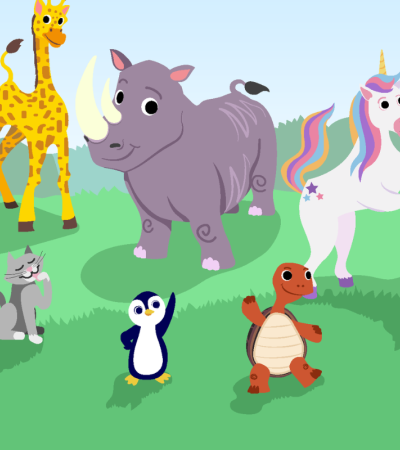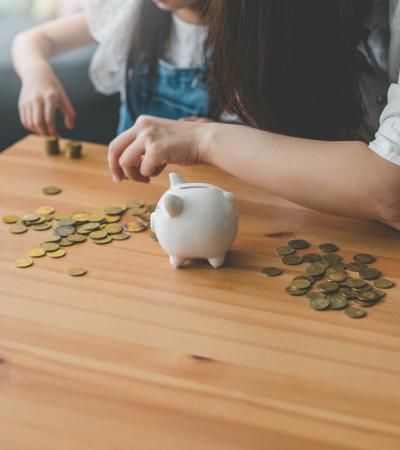Children
Tweens (10-12)
Currency Conga (Currency Hunt edition)
Currency Conga (Currency Hunt edition) teaches currency recognition in a fast-paced, exciting race around the library. Players race to find printed images of various coins and bills (taped up on walls or in stacks around the library or room) to identify specific currency or use them to complete money math challenges. The players or teams who either identify the correct currency fastest or calculate the correct money math challenge fastest, win!
Currency Conga is part of the Thinking Money for Kids Program Kits, an initiative of the American Library Association (ALA) and the FINRA Investor Education Foundation. Thinking Money for Kids strives to teach children and their parents, caregivers and educators about financial topics — like saving, spending, sharing and budgeting — in a way that is both meaningful and fun.
Advanced Planning
Learning Goals
Participants will:
- Recognize currency
- Gain proficiency in basic money math
Preparation
All materials should be printed off and set up in advance. We also recommend playing a practice round of the game with volunteers or staff, if possible.
Marketing
Consider sharing this program on your library's event calendar, on social media channels, and through printable flyers. Feel free to use this editable template as a starting point.
Budgeting
There are no costs associated with hosting this program aside from possible printing costs.
Day-of-event Activity
Decide what your playing space will be — a wall in the library, a room, or even the entire library.
Before participants arrive, print the currency on standard printer paper and tape them to walls around the room or library, place them in stacks, etc.
One or two staff members or volunteers are needed to facilitate this game. The amount of help needed depends on your group size, which should be a minimum of two kids. The maximum number of participants depends on what your space can accommodate and how much currency you print.
The entire program will take about 30 minutes, depending on how many rounds you play.
Program Execution
Challenge individuals or teams to collect currency with varying levels of difficulty. For beginners, you can focus on currency recognition. For more advanced participants, you can have them make sums or calculate percentages.
Once currency is placed throughout your playing space and participants arrive, facilitate a discussion by helping participants understand what currency is. A sample script is below.
SCRIPT FOR CURRENCY RECOGNITION GAMEPLAY
Today we are going to learn about CURRENCY. Does anyone know what currency is?
Yes! Currency means money. Currency can be COINS—like nickels, dimes, and quarters—or paper money, also called BILLS.
Has anybody ever spent currency? Coins or bills?
I have some coins here. Let’s all look at them together. First, I will pass around a NICKEL. What do you see on the nickel? What color is it? What does it feel like? Does anyone know how much a nickel is worth? A nickel is worth five cents. Can you buy a lot with five cents?
Repeat these questions while showing a dime, quarter, dollar coin, dollar bill, five dollar bill, etc.
Alternately, if you are playing the more advanced money math mode, you can follow this script:
SCRIPT FOR MONEY MATH GAMEPLAY
Does anyone know what CURRENCY is? Yes! Currency is cash—coins and bills.
Has anyone used currency recently? What did you buy?
Does spending money sometimes involve doing math? Can you think of an example?
Yes! Oftentimes, you have to add two or more pieces of currency together to get the amount you need. What if I wanted 15¢? How would I do it? What combination of coins would I use? Are there different combinations of coins that equal 15¢?
What if you ate in a restaurant and wanted to leave a 20% tip for the waitstaff? If your food cost $20, how much tip would you leave? Questions like this come up all the time when you are using currency.
After establishing what currency is and/or practicing some money math, gameplay can begin. For Currency Recognition, name a denomination of currency and ask players to find as many of them as possible; for Money Math, provide a challenge (e.g., find coins totaling 37 cents).
Set a timer. The player or team that collects the most or the right amount fastest, wins!
Advice
If you have a large group, consider pairing up participants. Matching up older kids with younger ones is a great way to accommodate a wide range of ages as the older kids can help the younger ones with money math skills and currency recognition.
For more advanced players, consider adding images of foreign currency for a fun twist!



